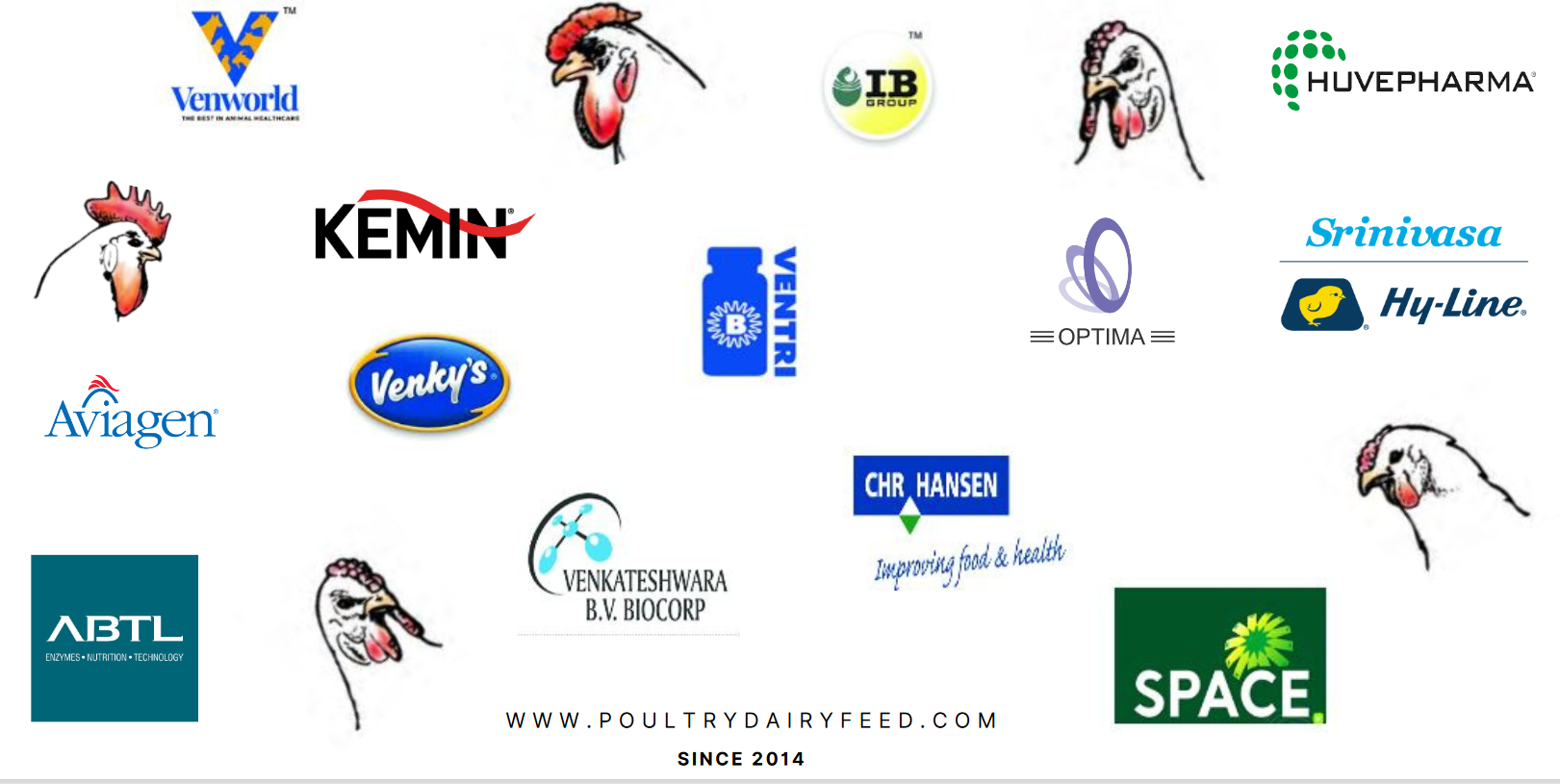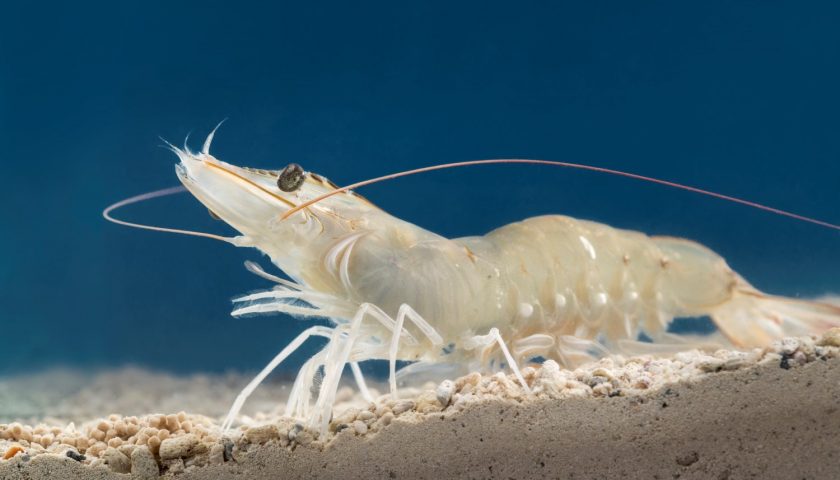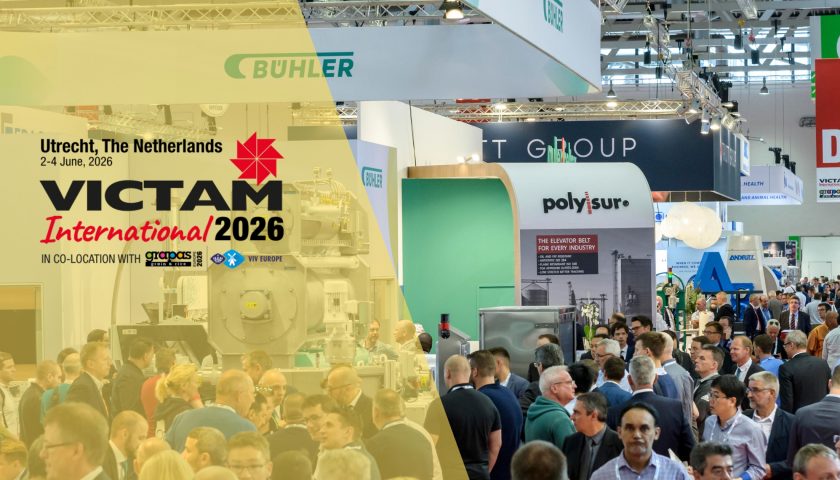An additional criterion for a good phytase – Lode Nollet, Huvepharma.
Summary
The biochemical characterisation of a phytase such as pH profile, pepsin resistance, speed and affinity, can provide information on the potential efficacy of the phytase in vivo. The focus on improvement of the intrinsic heat stability has been driven by the market and forms part of the selection criteria.
Introduction
Exogenous added phytase in feed is already in practice for more than 25 years. It is used to liberate phosphorous (P), bound to phytate present in raw materials, lowering the feed cost by reducing the amount of added inorganic P and to degrade the concentration of phytate, a well-known anti-nutritional factor.
At the same time, environmental sustainability is improved, as P excretion in the environment is reduced. Also, the awareness grows that the sources of inorganic P are not inexhaustible. As different phytases are commercially available, it is important to understand which criteria are important to make a good choice.
pH profile and pepsin resistance of the phytase.
These criteria have already been used for a long time as a first quick screening of phytases. It is common knowledge that phytate must be in solution to allow the exogenous phytase to hydrolyse its phosphate groups. Phytate is largely soluble at pH levels below 4.0 (gizzard) while at higher pH levels it forms complexes with positively charged ions and amino acids, making it insoluble and unavailable for hydrolysis by phytase. Therefore a phytase with a high activity throughout the complete acid pH range from pH 2 to 4 has shown to be superior. As phytases works in the gizzard, screening for a phytase which is not prone to degradation by pepsin is also an important parameter to consider.
A key criterion for selection is speed of phytate hydrolysis. The aim is to have a maximal speed so that quick degradation of phytate is achieved. This is not only providing a high P release in short time, but the destruction of phytate also leads to the release of micro-minerals and proteins (amino acids) complexed by it, enhancing their digestibility. This maximal speed (Vmax) is determined in so-called Michaelis Menten kinetic studies, in which in vitro the speed of phytate degradation is measured with in creasing levels of phytate (Fig. 1). However, as indicated in Fig. 1, two phytases having a similar Vmax, can have lower speed of action when phytate levels decrease due to phytase action. This is due to a difference in affinity (Km) of the phytase for phytate. The affinity, defined as the concentration of phytate at which the speed of its degradation equals half of its maximal speed, indicates how long this high speed can be maintained when the phytate concentration is decreasing. A low Km (so a high affinity) gives a benefit to a phytase as it will lead to a prolonged high speed of phytate degradation, and thus to a higher P matrix value as from in vivo measurement can be expected. Translating this into a practical situation: when birds consume feed, the initial phytate level will drop during hydrolysis in the gizzard, and so will also the speed of phytate degradation. A phytase with higher affinity (lower Km) will be able to keep the high speed of phytate degradation up for a longer time, and will thereby give a higher P matrix value.

Striving for an intrinsic heat stable phytase
The first phytases commercialised 20-30 years ago were rather heat sensitive during pelleting, even when coated, requiring the post pellet liquid application (PPLA) of phytases. Next to the cost of installation, the risk of malfunctioning lurked around the corner requiring a high level of maintenance and quality control, which is a burden to the feed mill manager and technician.
In that perspective, the intrinsic heat stability of a phytase has gained interest. An increase in intrinsic heat stability that allows pelleting to at least up to 85 °C was reassuring thermostability under normal pelleting conditions. When, by a coating technique, the thermostability could be increased to 90 °C (or even 95 °C), an alternative to the application of liquid phytases through PPLA is realised.
In the period 2017-2020, plural pelleting trials in Europe (at 5 different trial locations) and in the USA (at 5 different trial locations) were conducted to assess the heat stability of a newly developed intrinsic heat stable phytase, either uncoated (granular) as well as the coated version. It was chosen to run these trials in different trial locations, so that the phytase were tested under a wide variety of different pelleting conditions (including impacting factors like equipment, feed composition, speed of cooling and others). As the universal definition of stability states that “stability is achieved when recovery of the active substance is > 80 % of the original value”, it can be seen that the newly developed phytase can claim an intrinsic heat stability at 85 °C (Fig. 2) when applied in the granular form (G), while it’s coated version (CT) can stand pelleting temperatures up to 90 °C, and even 95 °C with acceptable (25 %) losses of activity (Fig. 2).

To know more, please contact Huvepharma technical team
Huvepharma SEA (Pune) Pvt. Ltd.
42, ‘ Haridwar’, Road 2 A/B, Kalyani Nagar, Pune 411006 Customer Care Contact: +91 20 2665 4193
Email: salesindia@huvepharma.com Website: www.huvepharma.com





